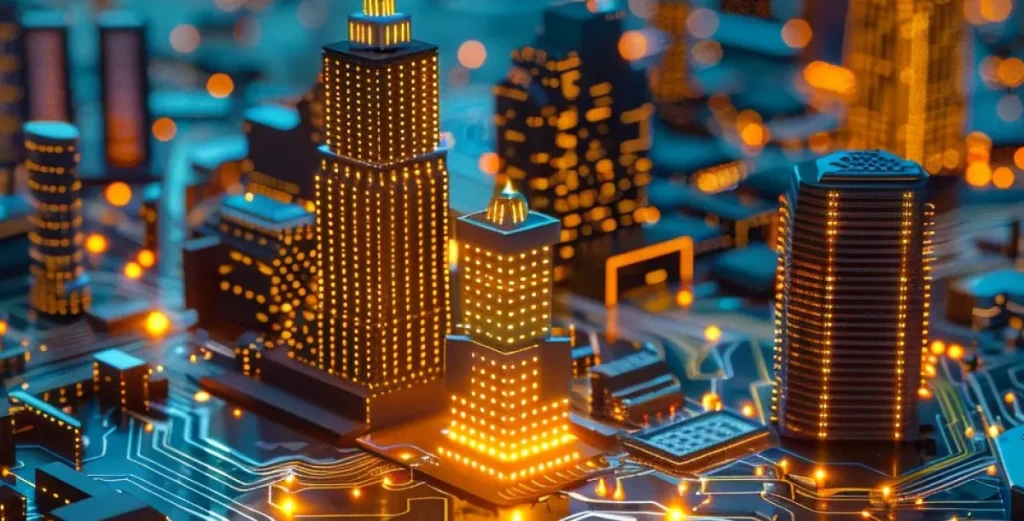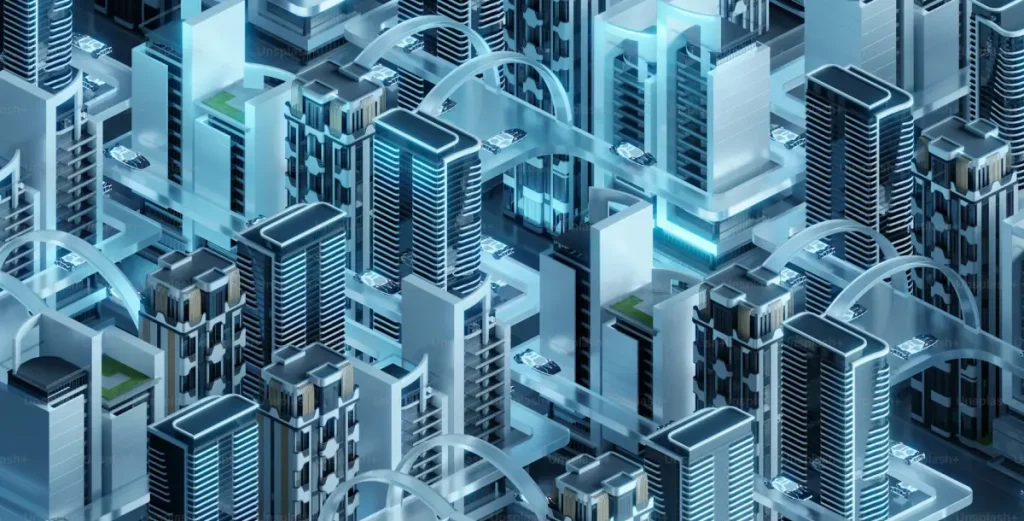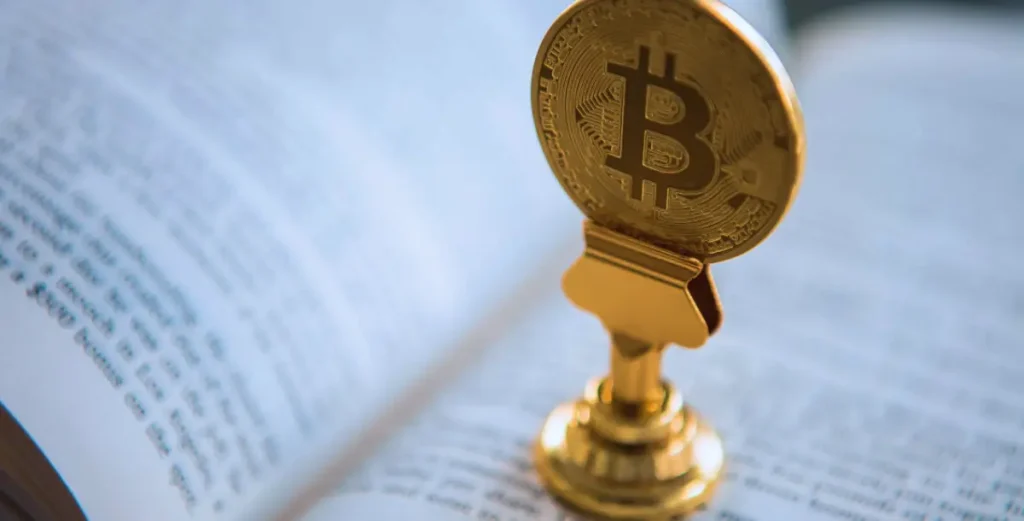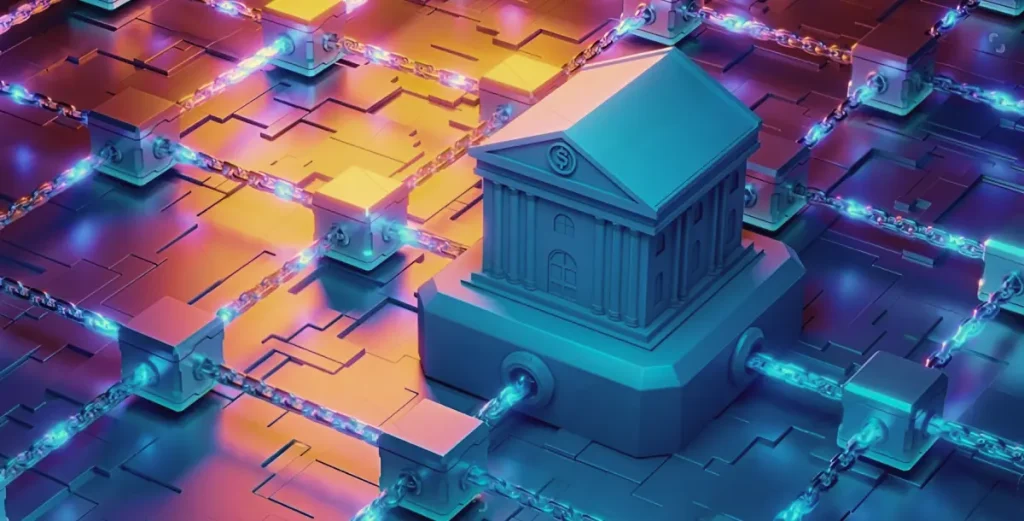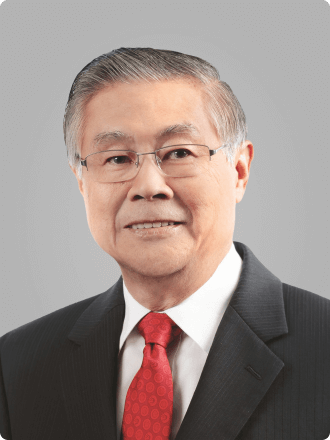Real‑World Assets (RWAs) are physical or traditional financial assets like real estate, bonds, commodities, invoices, and private credit that exist off-chain, but are represented by digital tokens on a blockchain. In other words, asset tokenization bridges TradFi and DeFi, enabling assets that were previously illiquid, cumbersome to trade, or limited by geography to enter blockchain‑based financial systems.
Because tokenized assets tie value from the real economy into blockchain infrastructure, they are seen by many as one of the biggest growth frontiers in crypto. As of mid‑2025, tokenized assets already exceeded $24 billion in market size, with over 185 tokens categorized as tokenized Real World Assets.
Benefits of Tokenized Real World Assets
Real‑World Asset tokenization is the process of converting ownership rights in physical or traditional financial assets—such as real estate, commodities, bonds, or even invoices—into blockchain-based digital tokens. These tokens represent fractional claims or economic rights tied to the underlying asset, enabling them to function on-chain as tradable, programmable instruments.
In other words, Asset tokenization bridges the off-chain world and decentralized finance (DeFi). It lets you bring tangible value into blockchain systems while preserving legal enforceability and auditability.
Here’s what makes RWA tokenization compelling:
Enhanced Liquidity
Traditionally, real-world assets like real estate, private credit, or fine art require months—or even years—to buy or sell. Tokenization introduces the possibility of faster exits via secondary market platforms or peer-to-peer trading.
While these markets are still maturing, tokenized RWAs drastically reduce reliance on brokers, lengthy paperwork, or fixed investment cycles. Instead of waiting for a buyer of the whole asset, holders can sell fractions or exit earlier at market price.
Fractional Ownership & Access
Tokenization breaks large, illiquid assets into smaller units, allowing retail or mid-size investors to participate in high-value investments once gated by wealth, regulation, or geography.
A real estate property worth $2 million can be split into 2,000 tokens at $1,000 each, for example—making entry possible for a broader pool of investors. This democratizes access to institutional-grade opportunities without sacrificing legal structure or investor protections.
Transparency & Auditability
Every action—issuance, transfer, income payment—is permanently recorded on the blockchain, creating a tamper-proof audit trail. Investors can independently verify asset metadata, ownership records, and distribution history without relying on a centralized custodian. This transparency fosters trust, reduces counterparty risk, and streamlines due diligence for regulators and third parties.
Efficiency & Lower Friction
Tokenized workflows drastically reduce settlement times by automating what used to take days or weeks.
Smart contracts handle everything from KYC gating and compliance checks to dividend distribution and asset redemption—automatically, transparently, and in real time. This removes the need for intermediaries like brokers, escrow agents, and notaries, slashing both cost and complexity.
Instead of waiting T+2 or longer, settlement can occur in minutes or even seconds, especially in cross-border deals.
With fewer manual steps and instant execution logic, tokenization transforms back-office workflows into near-instant financial finality.
Programmable Rights
Unlike paper-based instruments, tokenized assets can include embedded rules that execute automatically.
For example, transfer restrictions can ensure tokens only move between whitelisted addresses, revenue rights can be split dynamically among token classes, and vesting logic can control when ownership becomes transferable. These capabilities allow issuers to support complex capital structures with precision and control.
Interoperability with DeFi
Asset tokens don’t just sit in wallets. They can be integrated into decentralized finance protocols for lending, collateralization, or yield generation. A tokenized bond or real estate asset, for instance, can back a stablecoin loan or be pooled in a yield aggregator. This unlocks new sources of liquidity and utility, bridging traditional value into crypto-native financial ecosystems while maintaining real-world backing.
How Real-World Assets Tokenization Works
Real projects may vary or omit steps, but this gives a practical blueprint of the typical workflow.
Asset Identification & Legal Structuring
The asset owner (developer, fund, issuer) decides which asset(s) to tokenize. A legal vehicle—often a special purpose vehicle (SPV) or trust—is established to hold the underlying asset and issue tokens that represent economic rights.
Due Diligence & Valuation
Independent appraisers or audit firms assess fair market value. Legal teams confirm title, encumbrances, contracts, or liens. This ensures that the token’s underlying value is credible.
Collateralization & Linking
The asset is linked to the token via legal contracts, off‑chain documentation, and validation. In many setups, an oracle or attestation service brings off‑chain data (price, ownership, status) to the blockchain so smart contracts know what’s happening off-chain.
Token Issuance / Minting
On a chosen blockchain tokens are minted under a standard with metadata and logic dictating how they can move, who can hold them, and how they generate income.
Investor Onboarding & Compliance
KYC, AML, identity verification, accreditation checks, and jurisdictional filtering. Only approved investors may receive and trade those tokens.
Trading & Secondary Markets
Token holders may trade on regulated security token exchanges, peer‑to-peer platforms, or even via decentralized mechanisms, subject to transfer rules and whitelists.
Income Distribution & Governance
Smart contracts can automate payments to token holders. Token holders may also vote on decisions like sale, maintenance, or refinancing, according to rules encoded in the system.
Ongoing Reporting, Audit & Redemption
The issuer must maintain transparency, report financials, allow audits, and sometimes provide mechanisms for redemption.
Platforms Driving Real-World Assets Tokenization Forward
Several blockchain protocols, infrastructure providers, and regulatory developments are actively shaping the tokenization of real-world assets (RWAs), each addressing key components like compliance, scalability, and cross-chain operability.
Hedera, known for its enterprise-grade network, offers infrastructure well-suited for Asset tokenization. Its account-level KYC and native compliance features enable institutions to tokenize both digital and physical assets while meeting regulatory requirements. With its fast throughput and energy-efficient consensus, Hedera supports scalable RWA applications across sectors like real estate, carbon credits, and commodities.
The XRP Ledger (XRPL) also facilitates tokenization, but without the added complexity of smart contracts. It supports fast, low-cost settlement and allows issuers to attach metadata and compliance restrictions directly to tokens. This makes XRPL a practical choice for financial institutions and fintechs looking to tokenize fiat-backed assets or real-world instruments while retaining regulatory controls.
Securitize stands out as a comprehensive infrastructure provider in the space. The platform offers end-to-end services—from digital security issuance and investor onboarding to transfer agent services and secondary market trading. Securitize has already tokenized assets ranging from real estate and venture capital to corporate equity, making it a leading example of how traditional finance and blockchain are converging.
On the Ethereum front, EIP-7943 (also known as ERC-7943) proposes a standardized framework for embedding compliance rules directly into RWA tokens. This proposal aims to reduce fragmentation and promote interoperability by defining shared compliance primitives (such as identity checks, jurisdiction gating, and transfer restrictions) that can be universally adopted across token issuers and DeFi platforms.
Interoperability is also a growing focus. Initiatives like xRWA are exploring how tokenized assets can move across blockchains while preserving consistent identity, authentication, and compliance logic. These efforts are key to ensuring that Real-World Assets aren’t siloed within a single ecosystem but can interact freely across networks—enabling broader liquidity and utility.
However, not all developments are purely technical. On the policy front, Chinese regulators have reportedly urged brokerages in Hong Kong to pause ongoing RWA tokenization projects.
This regulatory hesitation highlights the global attention and scrutiny this sector is now receiving—a sign that while the technology is advancing rapidly, compliance and alignment with regulatory expectations will be critical to sustained growth.
Start your real-world assets tokenization journey
Real‑World Asset tokenization represents a transformative shift in finance—turning illiquid, opaque assets into programmable, tradable tokens. But success depends not only on technology, but on legal alignment, market infrastructure, proper governance, and regulatory clarity.
If your institution or project is exploring tokenization, let ChainUp help you build it right—designing compliant issuance flows, integrating DeFi use cases, and futureproofing your infrastructure.
Want to explore how tokenized RWAs can be the next frontier in your digital strategy? Talk with ChainUp’s tokenization experts today and let’s chart your path into the tokenized future.
